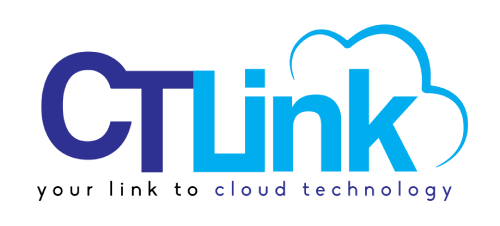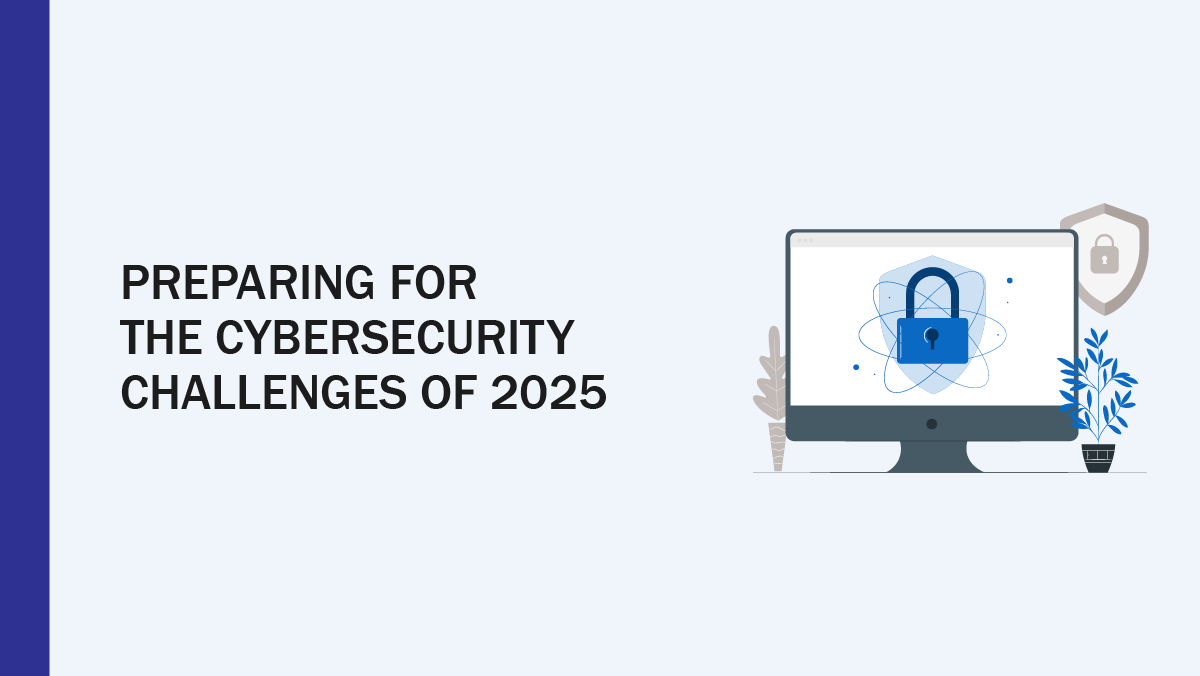As technology evolves, cyber threats are becoming more sophisticated, challenging businesses to stay ahead of attackers. In the Philippines, 2024 saw a rise in AI-driven attacks, supply chain vulnerabilities, and challenges from remote work setups. With 2025 on the horizon, businesses need to understand these trends, adopt new security technologies, and prepare for the cybersecurity challenges ahead.
Top Cybersecurity Threat Trends in 2024
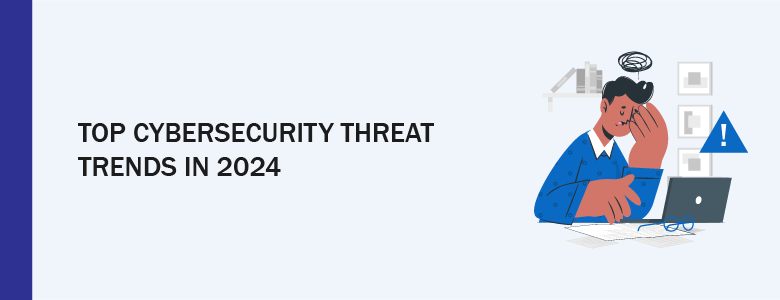
Understanding the key cyber threats of 2024 is essential to anticipate what challenges may lie ahead. As attackers become more creative and resourceful, businesses in the Philippines need to be aware of these evolving risks and learn from recent incidents. Let’s explore some of the major threats that dominated the cybersecurity landscape in 2024.
AI-Powered Cyber Attacks
In 2024, cybercriminals used AI to automate attacks, enhance social engineering tactics, and create deepfake content that was more convincing than ever. Phishing attacks became more targeted and personalized, often bypassing traditional email filters.
For example, AI-generated phishing emails could perfectly mimic the language, tone, and branding of legitimate companies, making it difficult for employees to recognize fraudulent messages. Additionally, AI-driven malware adapted in real time, changing its behavior to evade detection by conventional security systems.
Supply Chain Attacks on the Rise
Hackers increasingly targeted third-party vendors and service providers to infiltrate larger organizations. By compromising a trusted partner, attackers could gain access to sensitive data and internal systems of multiple businesses.
One high-profile case involved a software vendor used by several financial institutions in the Philippines. The breach led to delays, data leaks, and operational disruptions for numerous banks. This trend highlights the importance of vetting third-party security practices and monitoring vendor systems for vulnerabilities.
Data Breaches from Remote and Hybrid Work
Despite the shift back to partial in-office work, remote and hybrid work models continue to pose security challenges. In 2024, many data breaches stemmed from employees using unsecured home networks, personal devices, or outdated software. Weak security practices, such as reusing passwords, made these endpoints vulnerable to attacks.
Attackers exploited these weaknesses to launch ransomware attacks, steal sensitive information, and infiltrate company networks. This trend underscores the need for robust endpoint security and employee cybersecurity training.
IT Security Philippines Trends That Shaped 2024
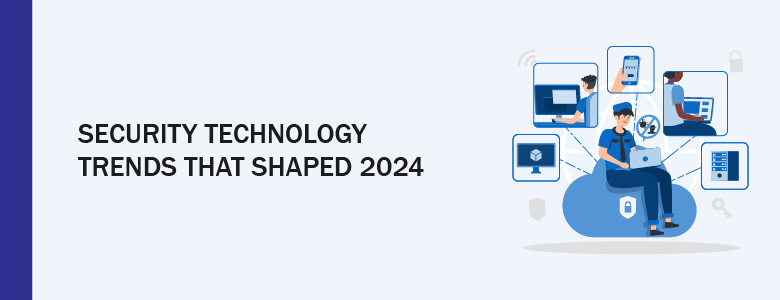
To combat the rising cyber threats, many businesses turned to cutting-edge security technologies in 2024. These innovations have proven essential in strengthening defenses and staying ahead of cybercriminals. Let’s take a look at some key security technologies that shaped the cybersecurity landscape.
Zero Trust Architecture
The Zero Trust security model gained momentum in 2024 as a proactive way to defend against cyber threats. The core principle of Zero Trust is to “never trust, always verify” meaning no user or device is automatically trusted, even within the network. Access to data and systems is granted based on continuous verification of identity and security posture.
Businesses in the Philippines that adopted Zero Trust reported fewer successful breaches and faster detection of malicious activities. Implementing Zero Trust requires tools like multi-factor authentication (MFA), identity and access management (IAM), and micro-segmentation to limit access to critical systems.
AI-Driven Threat Detection
While attackers used AI to launch sophisticated attacks, defenders also harnessed AI to improve threat detection and response. AI-powered security tools analyzed vast amounts of network data to detect anomalies and flag suspicious behavior in real time.
For instance, AI-driven Security Information and Event Management (SIEM) systems helped identify potential breaches by recognizing unusual login patterns or data access attempts. These tools significantly reduced the time needed to respond to security incidents, helping businesses mitigate damage before it spread.
Cloud Security Innovations
As more businesses embraced cloud services, Cloud Security Posture Management (CSPM) tools became essential in 2024. CSPM tools helped organizations identify and remediate misconfigurations in their cloud environments, a common cause of data breaches.
In addition, cloud-native security solutions offered advanced encryption, identity management, and threat detection capabilities, ensuring that data stored in the cloud remained secure. Businesses combined on-premise security with cloud security measures to create a hybrid cloud security strategy that addressed data sovereignty concerns.
Cybersecurity Challenges Philippine Businesses Will Face in 2025
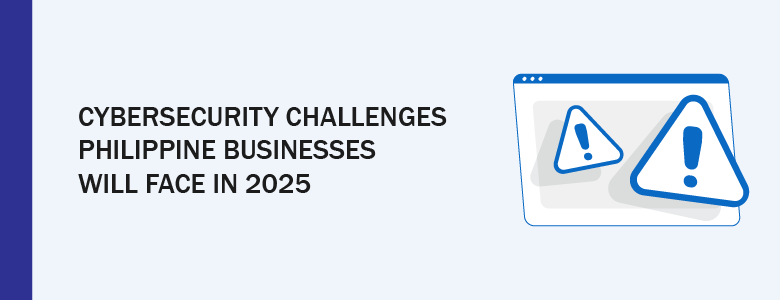
Looking ahead to 2025, businesses in the Philippines need to be aware of emerging cybersecurity challenges. These challenges stem from evolving threats, regulatory requirements, and the increasing complexity of IT environments. Here are some key issues to consider.
Navigating Data Sovereignty Regulations
As data privacy regulations continue to evolve, businesses must ensure compliance with the Data Privacy Act of 2012 and other local laws. Data sovereignty — ensuring that data is stored within national borders — will become a significant concern for companies using cloud services.
Philippine businesses need to develop hybrid cloud strategies that balance the flexibility of cloud computing with the need to keep sensitive data on-premise. This approach will help meet regulatory requirements and protect data from potential foreign interference.
The Growing Sophistication of AI Threats
AI-powered attacks are expected to become even more advanced in 2025. Cybercriminals will likely use AI to conduct real-time attacks, generate even more convincing social engineering schemes, and automate large-scale ransomware campaigns.
Businesses must prepare by adopting AI-driven security tools that can match the speed and adaptability of these threats. Investing in behavioral analytics, automated incident response, and AI-based threat intelligence will be key to staying ahead.
Securing Hybrid Work Environments
Hybrid work environments will continue to pose security challenges in 2025. Businesses must ensure that employees working from home or on the go are using secure devices, networks, and communication tools. Implementing endpoint security solutions, VPNs, and regular security updates will help protect remote employees from cyber threats.
Security Technologies to Invest in for 2025

To stay ahead of emerging threats, businesses need to invest in the right security technologies. These tools can provide the necessary protection, adaptability, and efficiency to combat cyber risks in 2025. Here are some technologies worth considering.
Advanced IT Visibility Solutions
In complex IT environments, gaining full visibility into assets, vulnerabilities, and user activities is critical for identifying and addressing risks. Advanced IT visibility solutions enable businesses to monitor their entire IT ecosystem in real time, uncover hidden threats, and ensure compliance with security policies. These tools integrate with various platforms, consolidating insights from endpoints, networks, and cloud environments to provide a holistic view of an organization’s security posture.
By proactively identifying misconfigurations, privilege misuse, and unusual user behavior, IT visibility solutions empower businesses to mitigate potential risks before they escalate into security incidents.
Threat Detection and Response Platforms
Threat detection and response platforms are essential for businesses seeking rapid identification and containment of cyber threats. These solutions use advanced analytics, machine learning, and automated workflows to detect anomalies and suspicious patterns across the network. By correlating data from different sources, they provide a clear picture of potential attack vectors and help organizations respond swiftly to security incidents.
With features such as automated incident response and detailed forensics, threat detection platforms enable businesses to address attacks more efficiently, minimizing damage and downtime.
Immutable Backup Solutions
Immutable backups protect against ransomware by ensuring that backup data cannot be altered or deleted. Even if a ransomware attack encrypts primary systems, businesses can recover data from immutable backups. These solutions provide a crucial safety net and should be part of every organization’s disaster recovery plan.
Building a Resilient Cybersecurity Strategy for 2025
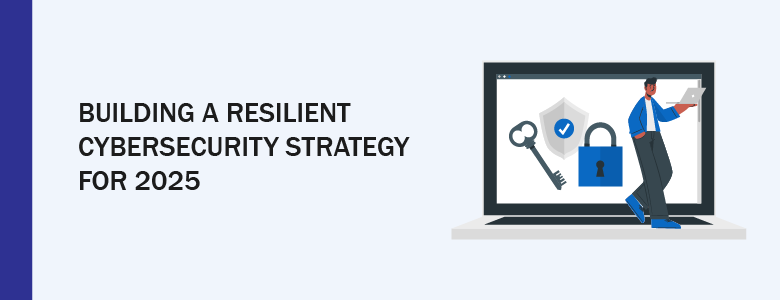
Creating a robust cybersecurity strategy for 2025 involves a combination of people, processes, and technology. By taking a comprehensive approach, businesses can reduce their risk and ensure resilience in the face of evolving cyber threats.
Invest in Employee Cybersecurity Training
Human error remains one of the biggest cybersecurity risks. Regular training sessions help employees recognize phishing attempts, use strong passwords, and follow security best practices. Engaging, interactive training programs can make learning more effective.
Conduct Regular Security Audits and Penetration Tests
Regular audits and penetration testing (pen testing) help identify vulnerabilities before attackers do. These assessments simulate real-world attacks to uncover weaknesses in your systems, applications, and processes. Addressing these vulnerabilities promptly strengthens your overall security posture.
Interested in learning more about IT Security Philippines Trends? Contact us through marketing@ctlink.com.ph to set a meeting with us today!
